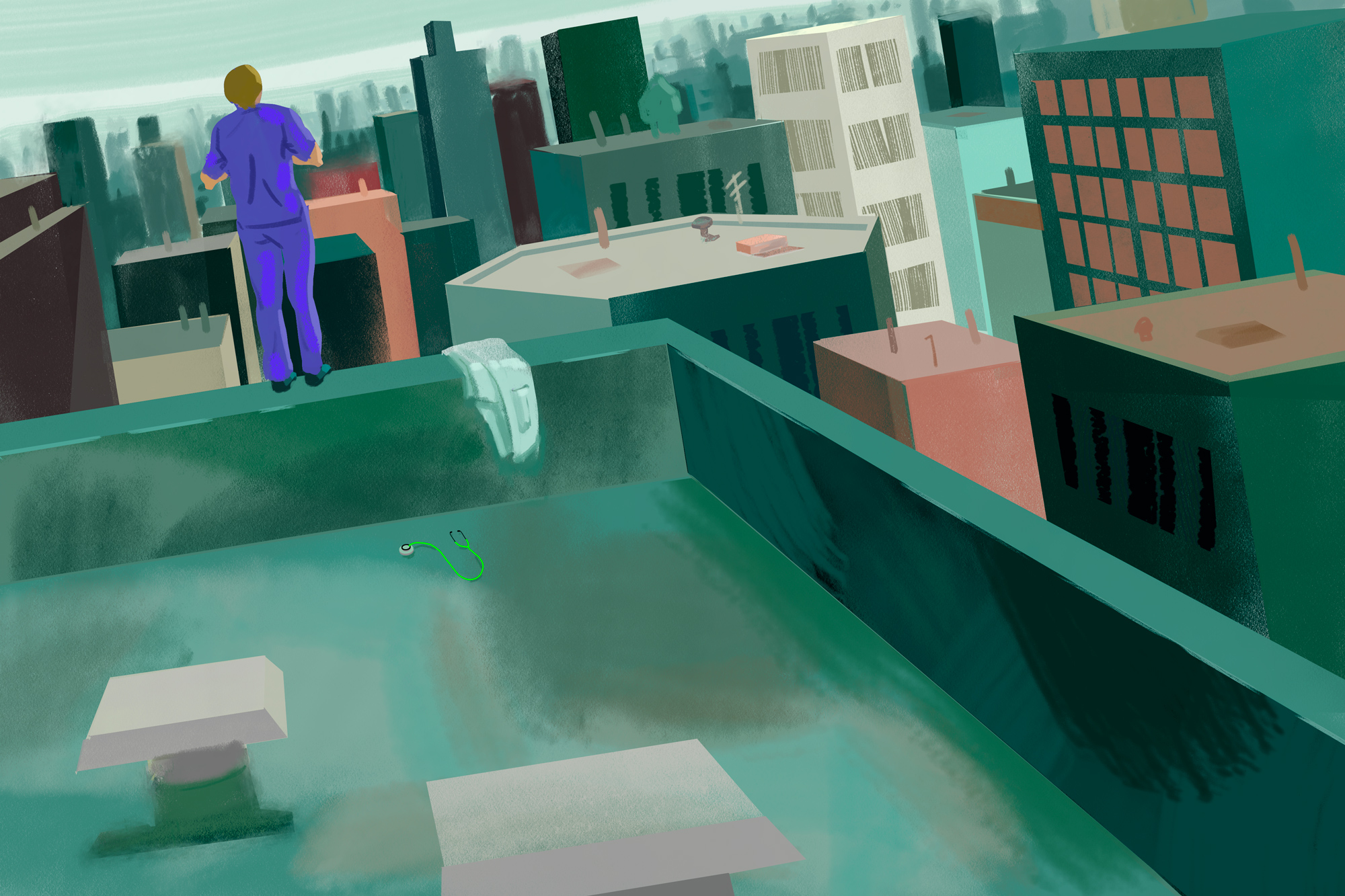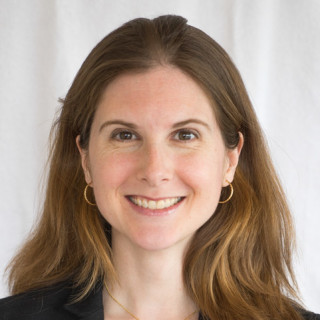 Every day, I screen my patients — and, when relevant, their parents — for depressive symptoms. With new mothers, I follow a specific template: “In the past two weeks, have you felt down, depressed, or hopeless? Have you had any thoughts of wanting to harm yourself or the baby?”
Every day, I screen my patients — and, when relevant, their parents — for depressive symptoms. With new mothers, I follow a specific template: “In the past two weeks, have you felt down, depressed, or hopeless? Have you had any thoughts of wanting to harm yourself or the baby?”
If the answer is yes to either of these questions, we mobilize a team. A social worker identifies risk factors for mental illness and takes a more thorough social and psychiatric history. The family is connected with resources and sent home only if there are no acute risks to the mother or baby's safety.
With older children, I screen for depression and suicidality during well child visits. Patients may leave with a referral for child psychiatry, a list of counselors, and the suicide hotline programmed into their phones. Those experiencing suicidal ideation are sent directly to the emergency department.
Recently, I was instructed to watch a presentation titled "Suicide Risk Identification and Management" as a mandatory component of my pediatrics residency. Suicide among children and adolescents is rising, the presentation reminded me, with suicide now the second leading cause of death among children and teens age 10 through 24. We have changed our inpatient screening model to account for this. It is now standard of care to ask everyone 10 and over if they have experienced suicidal thoughts.
To my dismay, however, the presentation did not touch on physician suicide; as we have become more and more diligent about screening our patients and our patients’ family members for depression, we are missing an important group: the very clinicians who care for these patients.
Physicians are more likely than their non-physician peers to experience depression. Often overworked and overwhelmed, medical residents are particularly high-risk. Approximately 30% of residents report depressive symptoms. Furthermore, these trainees know how to commit suicide effectively — and studies show that they are more likely to do it.
For those who have experienced a major depressive episode in the past, residency is chock-full of triggers. These include dislocation from family and friend circles, 80-hour work weeks with frequent day/night switches, and the trauma of dealing with critically ill patients. Wellness initiatives such as a resident appreciation day and class outings are a nice gesture but do little to address the underlying issue.
Access to resources represents an additional problem. New residents may have had an established relationship with a mental health provider at their previous institution but must start fresh if they move for residency. With the constraints of residency schedules, lining up an appointment with a psychiatrist or a counselor is a considerable challenge in and of itself.
Residents must also overcome the stigma of seeking mental health resources. Pediatrics resident Hsuan-hsiu Annie Chen has written eloquently about this topic and bravely shared her own experience with depression. Mental illness remains a taboo subject, she observes; it is associated with weakness and a perceived personal failing to admit that you need psychiatric help.
We talk a lot about burnout, a word that doesn’t carry the stigma of mental illness and feels “safer” to use. We operate under the assumption that burnout is part and parcel of residency. One well-intentioned senior informed me that “a lot of people feel burned out second year, but it gets better,” making it seem as though these feelings are a rite of passage of sorts and it’s a badge of honor to make it through the year in one piece. It’s socially acceptable to be “burned out”; it’s not socially acceptable to feel as though you don’t want your life to continue.
And yet the language of suicide and depression infuses our day-to-day interactions. A co-resident commiserated with me about a taxing rotation: “Rounds with attending X were awful! I felt suicidal afterwards!” She laughed. I laughed. Surely she was joking, wasn’t she? Another resident at a different program made a reference to being so frustrated with administrative tasks that he wanted to jump off a bridge. He said it in a joking manner. I could not think of any actual bridges he lived near. Again, I assumed that he didn’t mean it — but what if he did?
If we screen our patients for depression with validated screening measures, we owe it to the residents to do the same for them. The Accreditation Council for Graduate Medical Education mandates that we meet twice yearly with our program directors to discuss our performance and our career goals. Alarmingly, we can go through the entirety of our residency without ever having a comprehensive physical or a mental health check-up. I propose that we screen all residents with a depression screening tool such as the PHQ-9 as part of the requirements for the semi-annual, with those who score positive referred for treatment. If we save just one life, it will be worth it.
Phoebe Prioleau, MD, is a third-year pediatrics resident at UH Rainbow Babies and Children’s Hospital in Cleveland, OH. Before medical school, she pursued graduate studies in French literature and art history and has published creative work in Doximity, The Living Hand, Annals of Internal Medicine, and The Journal of Medical Humanities, among other places. She has no conflicts of interest to disclose. Phoebe is a Doximity 2019-2020 Fellow.
Illustration by Jennifer Bogartz







